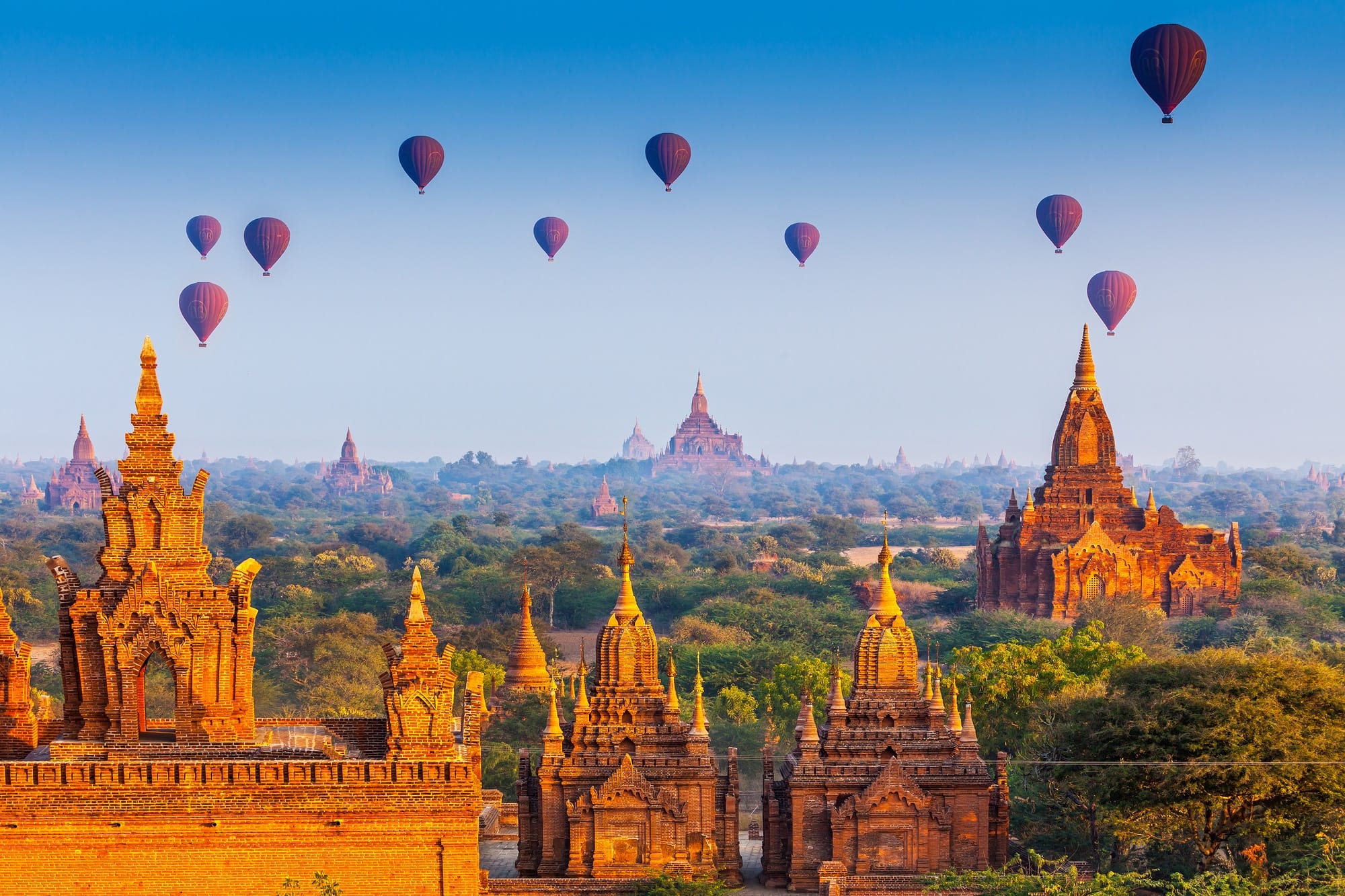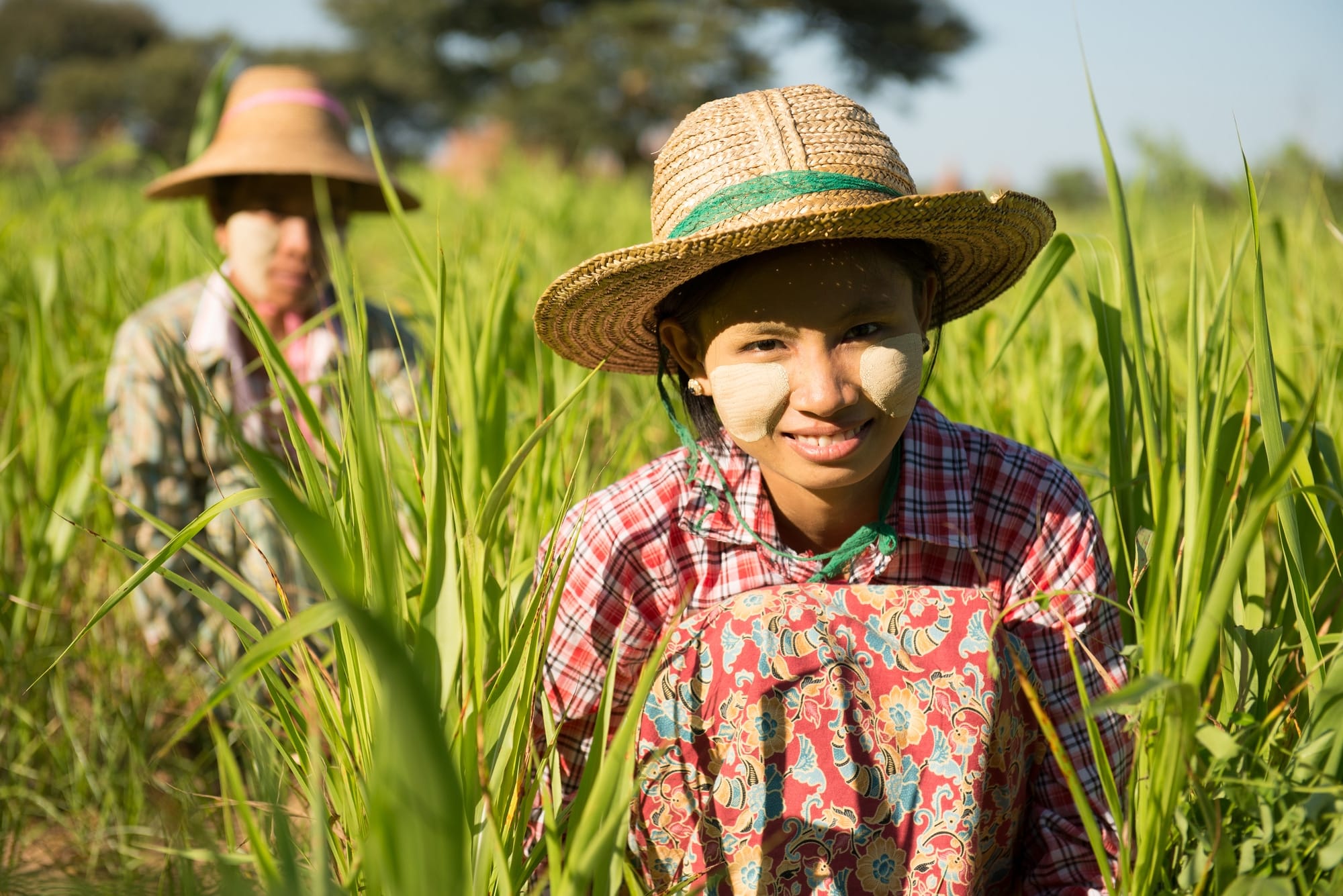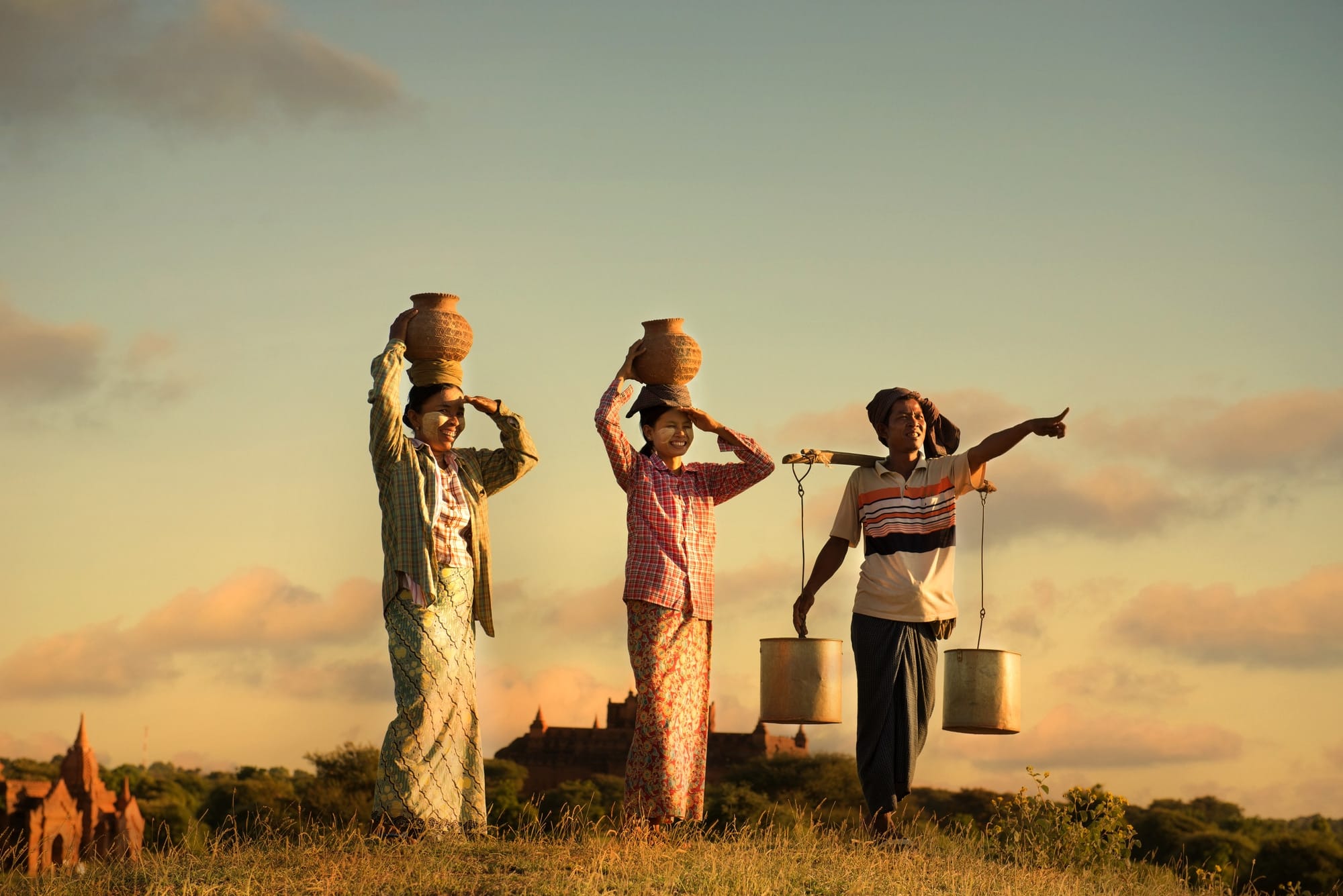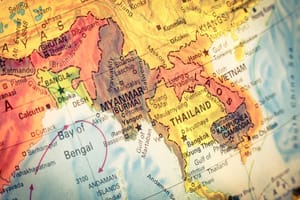A Myanmar PESTLE analysis to acquaint yourself better with the country and its business prospects. Is it a country to settle in for an outsider?
Myanmar, previously known as Burma is a Southeast Asian country that has more than a hundred various ethnic groups settled.
In this article, we will discuss the country in terms of its business prospects. Read the Myanmar PESTLE analysis down below to acquaint yourself better with the country.
Political Factors: a trying time for politics
Myanmar has seen a very rocky transformation in its politics from the years 1948-1962. The primary adverse event which comes to mind is the military takeover in the country, which lasted from 1962-2011!
Consequently, Myanmar was cut off from the world and every industry was nationalized. The economy crashed and violence was at an all-time high.
Finally in 1990 NLD (National League for Democracy) won the election fair and square and things began to change. However, the military still remains an important part of governmental decision-making.
Elections 2020
The election was held on 8th November 2020. Experts were of the opinion that the outcome this time around was likely to be won by the NLD again, however not like the previous times.
NLD has lost a lot of its previous popularity because of their poor handling of the vast conflicts existing between the ethnic minority groups of the country.
A very big reason for this could be the constant interference of the military which limits the span of control by the political parties. However, NLD also has developed a sort of understanding with the armed forces thereby turning a blind eye towards certain issues.
Continuing Conflicts
Despite the military of Myanmar claiming to put a stop to the violence in the state, conflict is a very big reality in this country.
In fact, these conflicts are increasing so much that they are now happening in areas of Myanmar that used to be perfectly safe in the past.
These conflicts are now happening between various ethnic groups looking to establish dominance. Many innocent civilians lose their lives as part of collateral damage.
Challenges for the Government
The biggest challenge of the winning party is to make sure that every ethnic minority in the country has some sort of representation; a voice to be heard. This will require severe constitutional reform.
Another remedy expected from them is for the ongoing conflicts especially the one in the Rakhine state.
Myanmar is also accustomed to huge rackets of corruption. The government faces a very big challenge in trying to eliminate the different levels of crimes that are primarily fostered by transnational criminal groups.
International Relations
Myanmar at the moment is caught between India and China because of the conflict between the two countries. Both of these countries have influence in Myanmar.
The government has a huge responsibility to make sure that the development of the China-Myanmar Economic Corridor will commence successfully.
It is expected that Myanmar will work on forming ties with Australia, Japan, and Korea which will help them decrease the influence which China holds.

Economic Factors
The economy is primarily based on agriculture. Myanmar has a very weak economy. Almost every participant in the economy is related to agriculture even through indirect channels such as processing, marketing, etc.
When every other sector of the economy was nationalized in Myanmar, agriculture and fishing were the only two left to be private sectors.
Major Contributors
Agriculture, forestry and fishing make up of most of the Myanmar economy. Rice is the crop which is widely cultivated all across the country.
Out of these sectors, agriculture employs about two-thirds of the labor force of the country and also contributes huge sums to the GDP.
In 2018 the GDP growth of the country was 6.4% which rose slightly to 6.8% in 2019. This number was forecasted to fall as low as 0.8% in 2020 amidst the pandemic.
Economic Growth
In light of the pandemic, the already dwindling economy in Myanmar is expected to suffer until 2021 when things might begin to get better because of resuming exports.
It is expected that the economy will improve by 5.9%, but this figure is open to uncertainty because of the unknown span of the Covid-19 virus and the ever-growing tensions in the country.
Covid-19
The country has a limiting testing facility which is why the number of reported cases isn’t as high as compared to the rest of the world. However, the country did stick to SOP’s suggested by the government.
Their economy took a strong blow because of the virus. Tourism, remittances, and exports have plunged down the drain. Social distancing has also halted domestic practices; businesses are unable to perform. Many people have had to face unemployment.
Natural gas gave the country 40% in exports in the year 2018-2019 however the gas prices have now succumbed under the fall of the global oil prices.

Sociocultural Factors
The population in Myanmar as of December 19, 2020, is 54,579,714. It makes up roughly about 0.7% of the total global population.
Out of this, 31.4% of the population in Myanmar lives in urban locations whereas the rest is found in rural areas. The average age in Myanmar is about 29 years which shows that the country has a lot of young people.
The average life expectancy in Myanmar is only 66 years old which shows that right now there is a significant adult population in younger years. This is good news for the country because these people are in their prime and can contribute a lot to their working sector.
Ethnic Groups
The ethnic groups of the country are very diverse. The government officially recognizes 135 of these groups; the Bamar (68%), Shan (10%), Kayin (7%), Rakhine (4%), and overseas Chinese (3%) are some of the prominent groups in the country.
Although they have different ethnic languages, the official language of Myanmar is Burmese.
Religion
Myanmar is a religious country with a huge majority being Buddhist (87.9%). The Christians are 6.2%, Muslims are 4.3%, Animists are 0.8% and Hindus are 0.5%.
A very small (0.1%) percentage of the population identifies as atheist.
Employment
From the years 2010-2018, the employment rate in Myanmar was 99% which is very impressive, to say the least. In the same year, the number of people constituting the labor force was 36.56 million.
Culture
The people are very religious which is why modest dressing is very common, especially when one is to go to their temples.
Myanmar has an excellent array of impressive architecture because of the vast religious buildings such as temples, especially the ones at Yangon, Mandalay, and Pagan.
The monks walk every morning to collect fruits and rice as donations for the temples and monasteries. The temples, monasteries, and pagodas are always kept in prime condition, often being decorated.
Their culture is very big on theatrical performances and dancing. Amazing costumes, complex dance routines, and puppet shows are the norm in the country.
Technological Factors
Myanmar has a rapidly growing middle class with a majority of young people who are technologically abled. This has helped transform the environment in the country from a traditional to a new one.
Just a few years back Myanmar was following traditional methods of commerce whereas now e-commerce is becoming normalized in the country.
4G connections are also available in the state now but a few years back all that was available was landline connections.
Telecom Industry
Not many countries have had the same escalation in their data consumption and mobile penetration as Myanmar.
In fact, Myanmar has some of the most affordable networking packages in the Asian market.
However, they still face the issue of power; diesel remains the primary source of providing power to keep mobile networks up and running. Rural areas rely on base stations that seldom have sufficient energy supply.
ICT Sector
Myanmar has a very promising ICT sector. It contributes to a steady pace for their growing economy.
Myanmar currently plans to increase the amount of e-commerce in the country by trying to convert all smartphone owners into e-consumers. However, they are faced with the challenge of educating people on digital and ICT skills.
Further developing the ICT sector is going to enable Myanmar to contribute to the digital economy of the nation.
Post Covid-19
Ever since the pandemic hit the world, Myanmar like other countries was forced to adapt to converting various activities online.
Many broadband connections have been installed during this time because despite the mobile coverage being widespread, it isn’t enough to conduct a 9-hour working day online.
Cloud services are being understood and widely used in different companies to deal with the sudden surge in data.
eCommerce has also seen an increase these days in maintaining the suggested SOPs.
This change is partially because of government policies that encourage people to acquire digital skills as a remedy to the pandemic.

Legal Factors
The country has a common law legal system which was adopted from the British post-colonialism.
The principle sources of the law are legislation, judiciary, and customary law.
Openness to Foreign Investment
Myanmar is a very attractive country for foreign investment for a variety of reasons; it is surrounded by countries that have lucrative economies, it has many natural resources, it has a geostrategic position and it has a huge population.
The government has finally realized and understood the importance of maintaining strong relations with other countries.
Many international countries have already set foot into the country and others are expected to arrive soon because of the liberal policies to which Myanmar has adapted.
Investment Facilitation
The government has been focused on making laws that enable foreign investment in Myanmar; the new laws ensure consistency, reliability, and accountability pertaining to business policies.
It is allowed for a foreign investor to invest up to 35% of equity into a local company in the country. This has enabled many partnerships to emerge between the local business people and foreign investors.
Foreign investors are also allowed to conduct wholesale and retail businesses on their own in Myanmar.
Environmental Factors
Myanmar has a primarily tropical monsoon climate with three prominent seasons; it is cool and dry from November to February, March to May is very hot but there is no rainfall, and June to October is the monsoon season which is the only season it mostly rains in the country.
Lightweight clothes made out of linen and cotton do well in Myanmar because it is hot and humid mostly.
Pollution
Myanmar comes at number 20 in a list of 98 countries and their levels of air pollution.
The things which pollute the air in Myanmar include manufacturing, mining, energy, and construction activities.
Deforestation
Myanmar has lost 3,459,475 acres of forests in the country. This is very dangerous because the economy mainly revolves around agriculture, which would be severely affected because of deforestation.
Climate Change
Myanmar has faced some of the most climate change-related damages in the past 20 years all around the world.
There was deadly flooding caused by the dreadful Nargis storm back in 2008. It was and still is called the worst natural disaster in Myanmar.
It is forecasted that the temperatures (if no change takes place) are expected to rise 3°C by the year 2040 and the sea levels are expected to rise up to 40 centimeters by 2050.
Myanmar PESTLE Analysis: Conclusion
It is safe to assume now that Myanmar is a struggling country. The worse thing about the country is the constant violence and the disparity between the various ethnic groups.
The constant hold of the military on Myanmar is a problem on its own. The economy is suffering however on the plus side; it is a pretty neat spot for investment. The country has a long way to go, but it also shows potential. This might not be the country to settle in for an outsider, but it is a good place for business opportunities.


